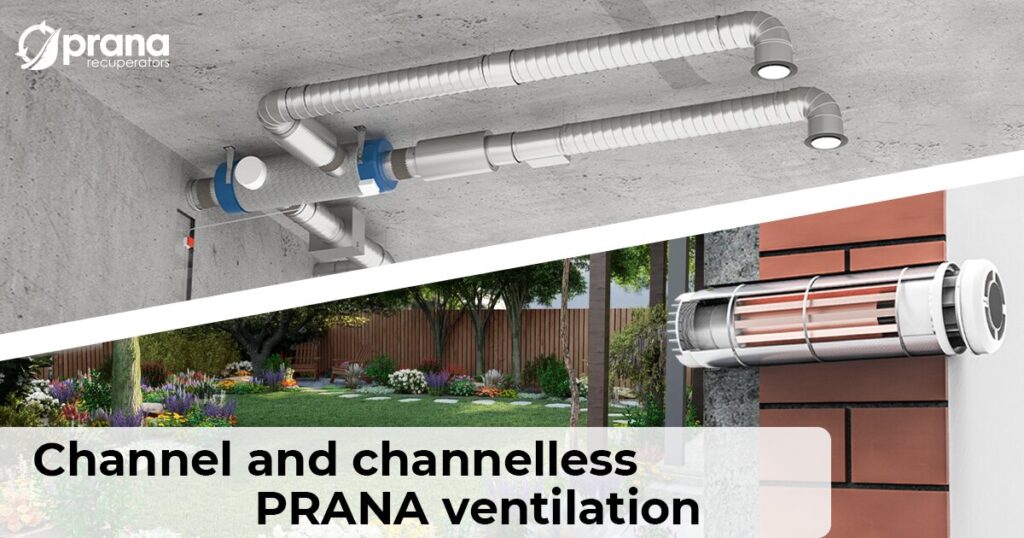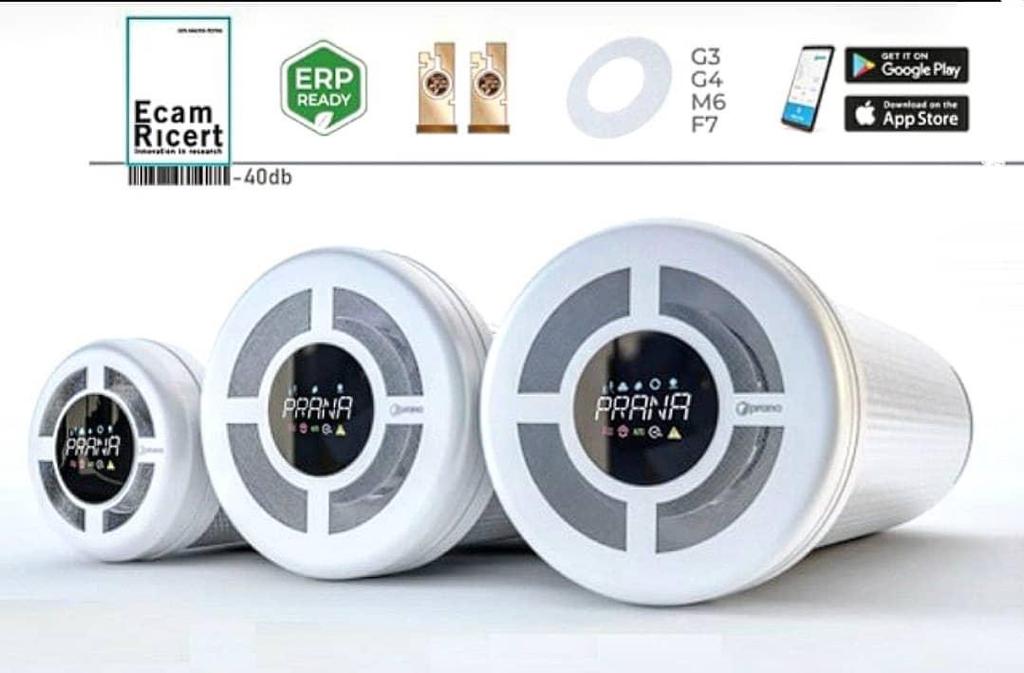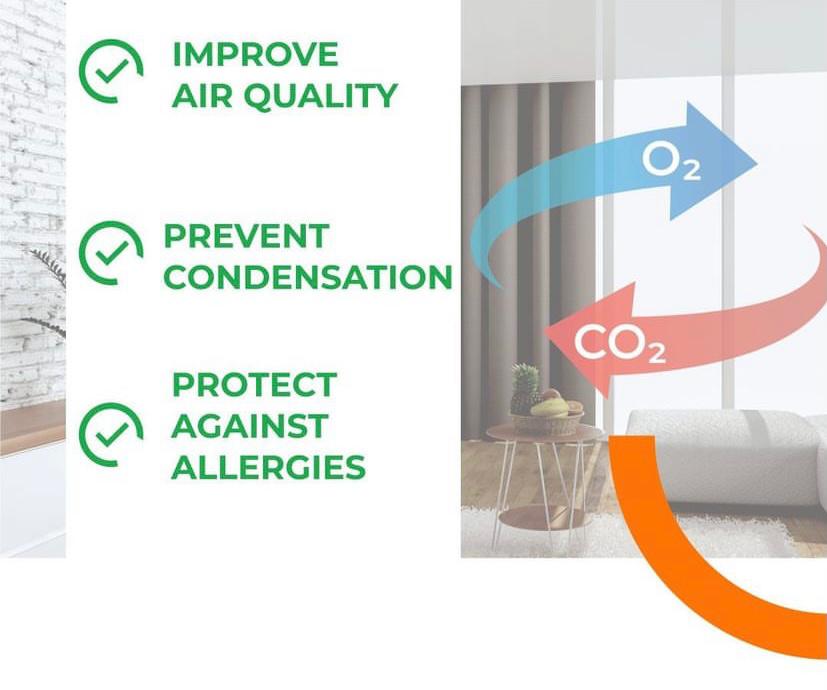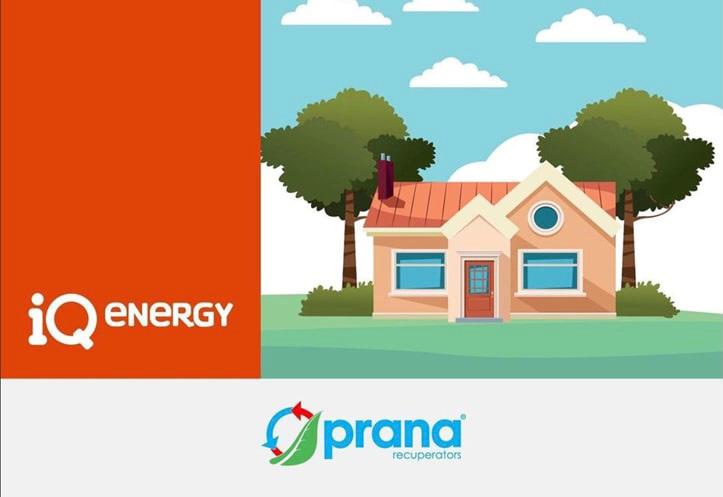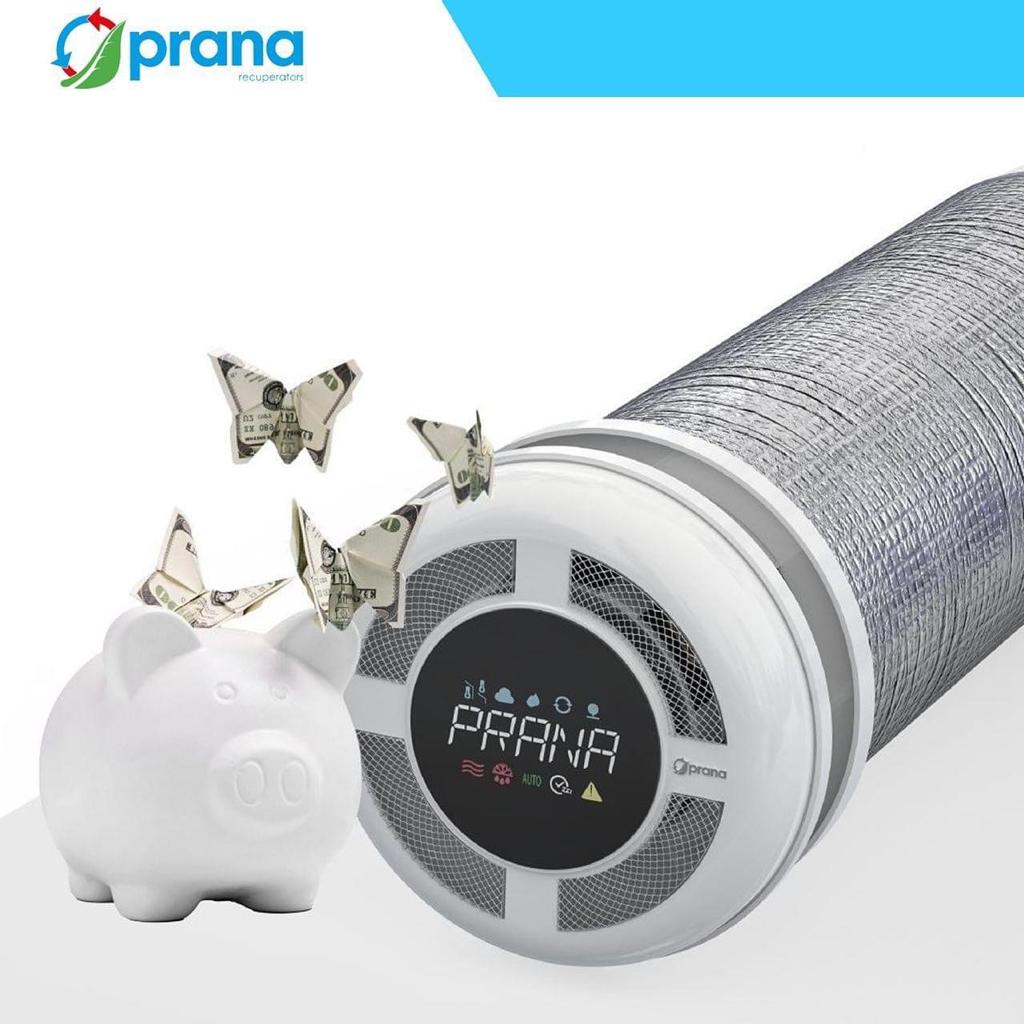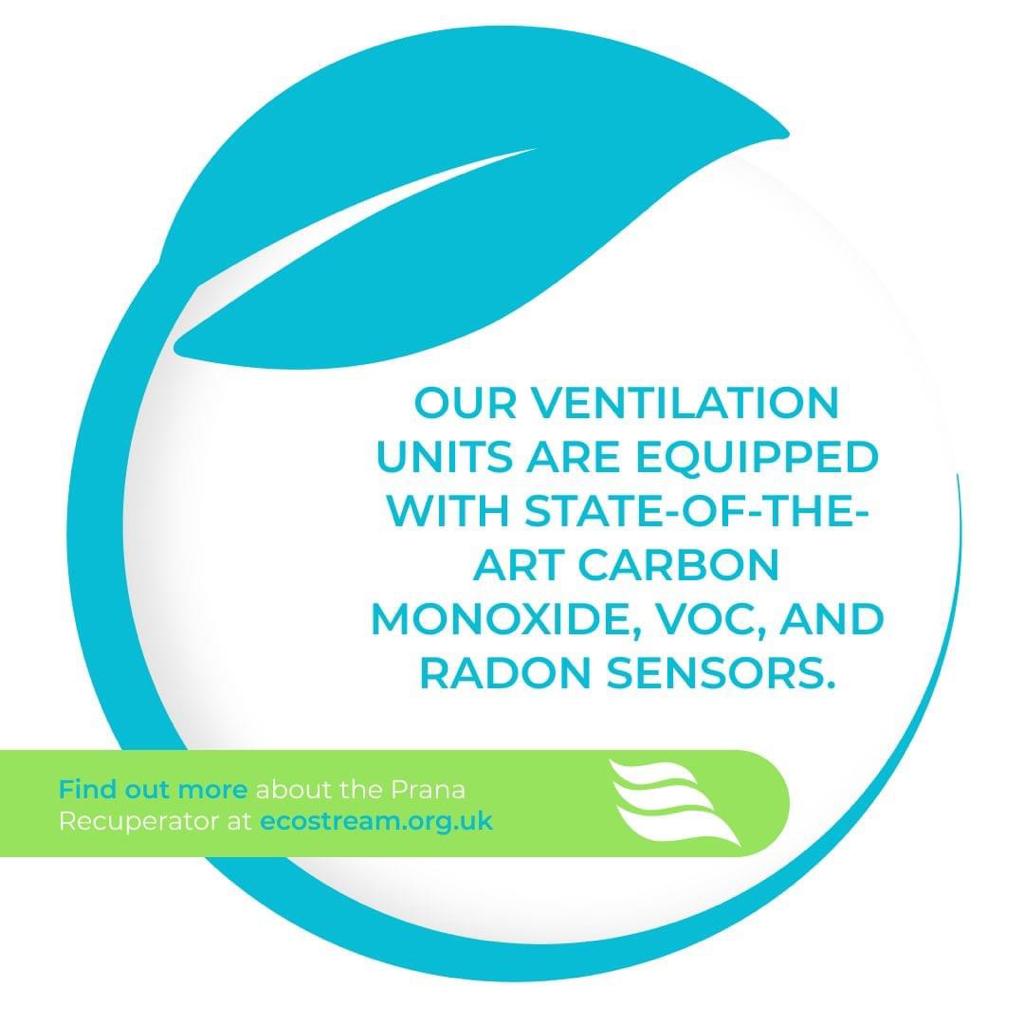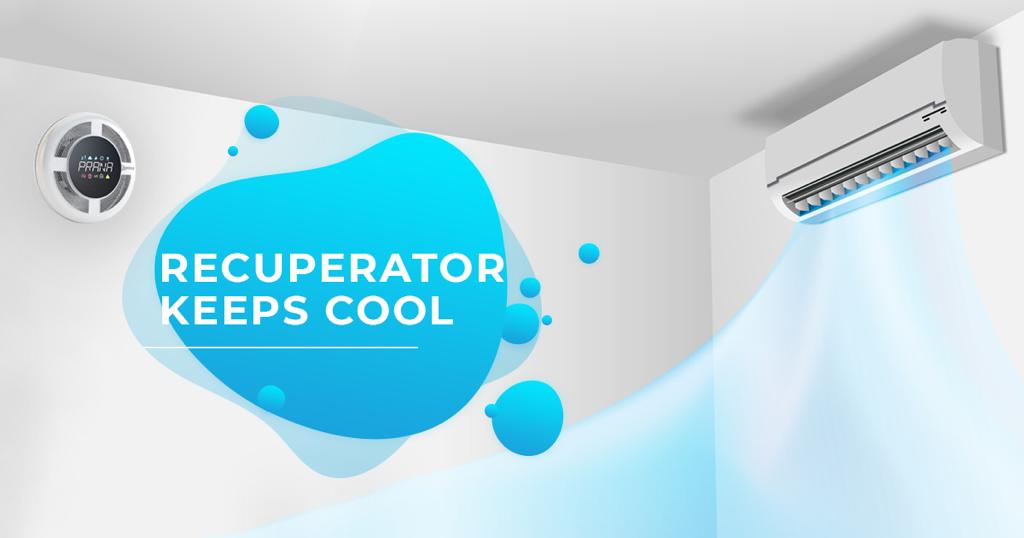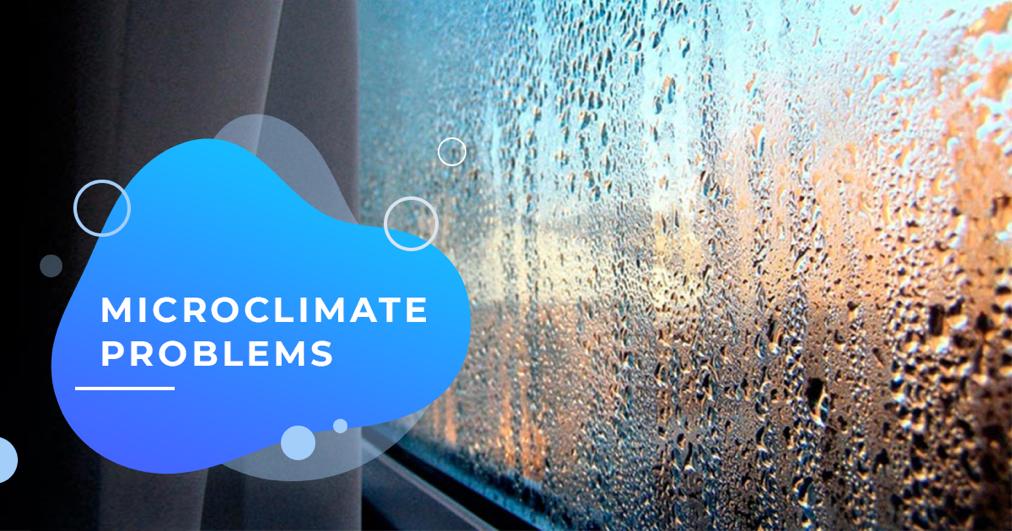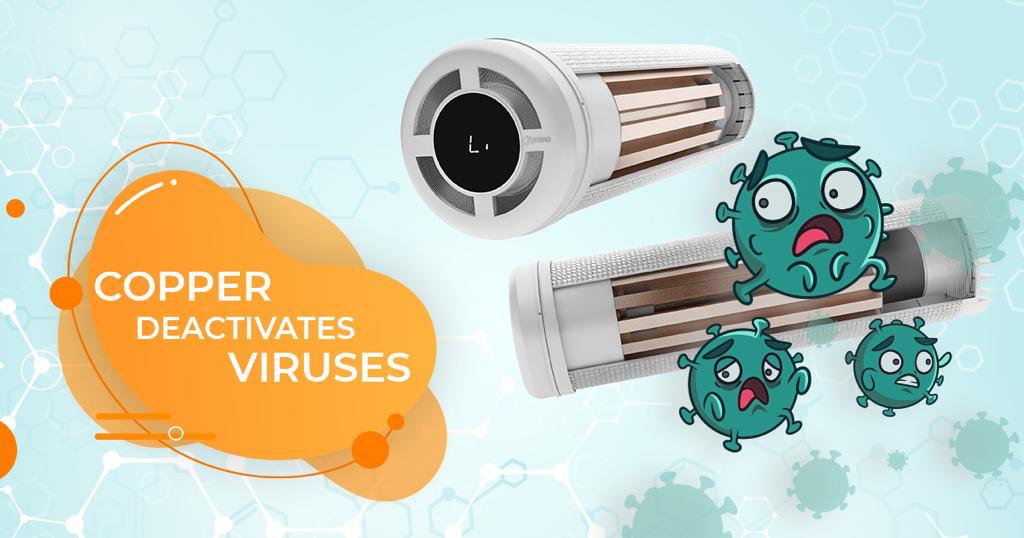When you talk about home ventilation, the first thing that comes to mind is how your house temperature tends to be less comfortable due to poor air circulation in a room. Because of this, homeowners are constantly on the lookout for the right ventilation system that can guarantee comfortable living under any condition. What type of system is available to you? Let’s find out together.
The Importance of Home Ventilation
Open windows are not sufficient for ventilation. Natural ventilation cannot provide full comfort in the home and provide indoor air quality. Poor ventilation in homes, especially in kitchen and bathroom, can lead to several risks and adverse effects, impacting both health and the structural integrity of the building. Without adequate ventilation, pollutants such as volatile organic compounds (VOCs), carbon monoxide, dust, and other harmful substances can accumulate. This can lead to health problems, particularly for individuals with respiratory issues, allergies, or asthma.
The goal of good ventilation is to maintain balance in the environment. Ventilation is an essential factor that you should never overlook if you want to have a comfortable home, regardless of the time of the year. It helps in circulating air, filtering the air with high-quality filters and getting rid of moisture and humidity. It keeps your rooms dry and adds a pleasant smell to it.
Consequences of poor ventilation
- Poor ventilation in indoor spaces can lead to a variety of negative consequences, impacting both health and the environment. Here are some key issues associated with poor ventilation:
Poor air quality, stale air. Inadequate ventilation causes a build-up of indoor pollutants such as carbon dioxide, volatile organic compounds (VOCs), and other harmful gases from various sources like cooking, cleaning products, or tobacco smoke. High levels of these pollutants can significantly deteriorate indoor air quality. - Health Issues. Poor ventilation can lead to a range of health problems. It increases the risk of respiratory diseases, allergies, asthma, and even more serious conditions like heart disease or cancer due to prolonged exposure to indoor pollutants. People may also experience symptoms like headaches, fatigue, dizziness, and eye, nose, or throat irritation.
- Mold and dampness. Insufficient ventilation can cause excess humidity. Moist air leads to mould growth and damp conditions. Mold spores are a common allergen and irritant, and can lead to respiratory issues, particularly in those with pre-existing conditions.
- Reduced comfort and well-being. Poorly ventilated spaces can become stuffy and uncomfortable, with uneven temperatures and high humidity levels. This can negatively impact the comfort and overall well-being of occupants.
Proper ventilation contributes to a more comfortable living environment by reducing odours, controlling humidity levels and providing a fresh supply of air. Well-designed ventilation systems can contribute to energy efficiency. For instance, ventilation with heat recovery can help in retaining heat during colder months and reducing the need for air conditioning in warmer months, while still ensuring fresh air supply.
How to Improve Ventilation in House
However, you need to be careful when choosing a ventilation system. You need to make sure that it will work to give you that air quality you need. This requires you to choose the right type of ventilation system. There are several types of ventilation systems, but what do you really need? Let’s find out.
Uncontrolled Ventilation
Basically, this uncontrolled ventilation is something you can’t turn on or off. The air flow is stable in both summer and winter months. Either airbricks or trickle vents have been the solution of choice for many new homes. They are cheap, and Building Regulations Part F compliant, and they are known by most builders.


